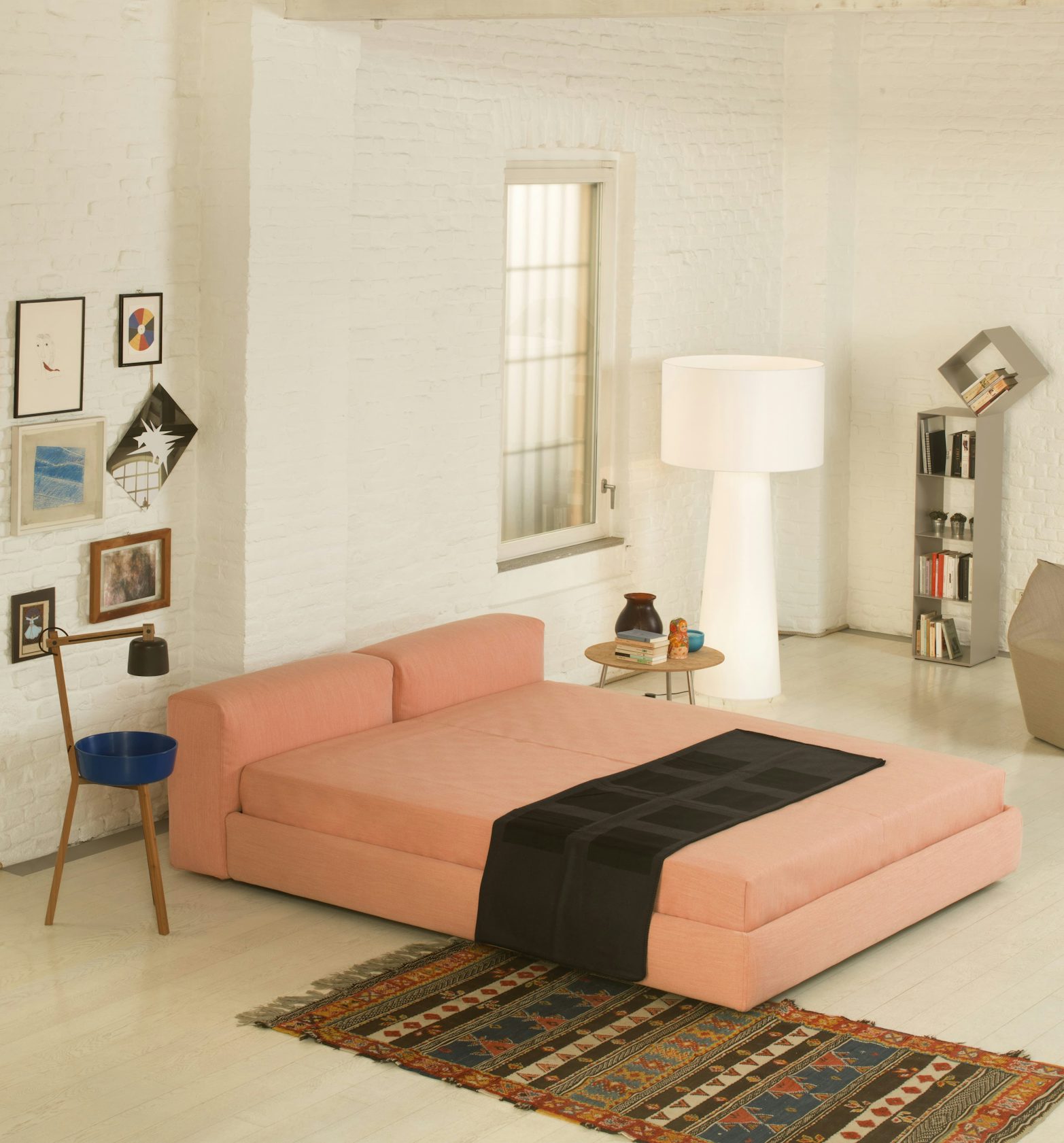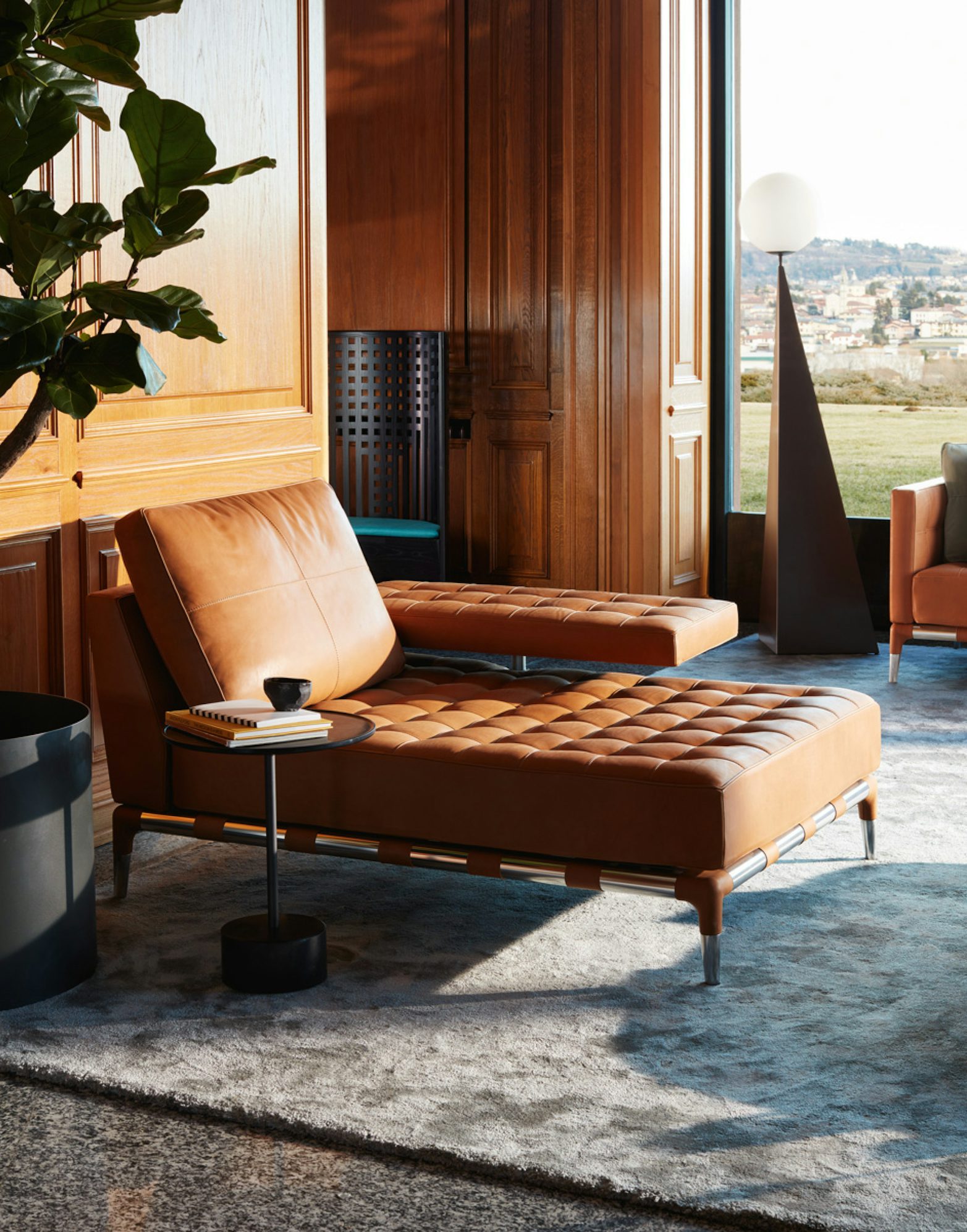Product Gallery
Video
Marcel Breuer
Hungary (1902–1981)
Marcel Breuer holds a legacy as an accomplished architect, furniture designer, and master of Modernism who pioneered the design of tubular steel furniture. During the 1920s, an 18-year-old Breuer enrolled at the Bauhaus in Germany, where his curriculum was equally focused on visual art as it was concerned with technology and industrial production. Four years later he had become one of its main teachers. In charge of its furniture section, Breuer encouraged students to look at how furniture and furnishing could be industrially manufactured, tackling the relative technological and stylistic problems with a thorough and methodological approach.
During this time, Breuer became acquainted with modern architects Walter Gropius, Le Corbusier, and Mies van der Rohe, all of whom would heavily influence his work. By 1935, Breuer had established a reputation as a sought-after designer, known for his steel furniture and the Wassily chair, so named after its production due to an anecdotal connection to Kandinsky (who had admired the design and commissioned a duplicate for his home). Upon WWII, Breuer followed Gropius to London, moved on to teach architecture at Harvard University, and later established his own New York-based firm and designed the Whitney Museum.
More in Furniture
View All
by Jasper Morrison
for Cappellini
Superoblong Bed

by Antonio Citterio
for Maxalto
Max Desk

by Philippe Starck
for Cassina




